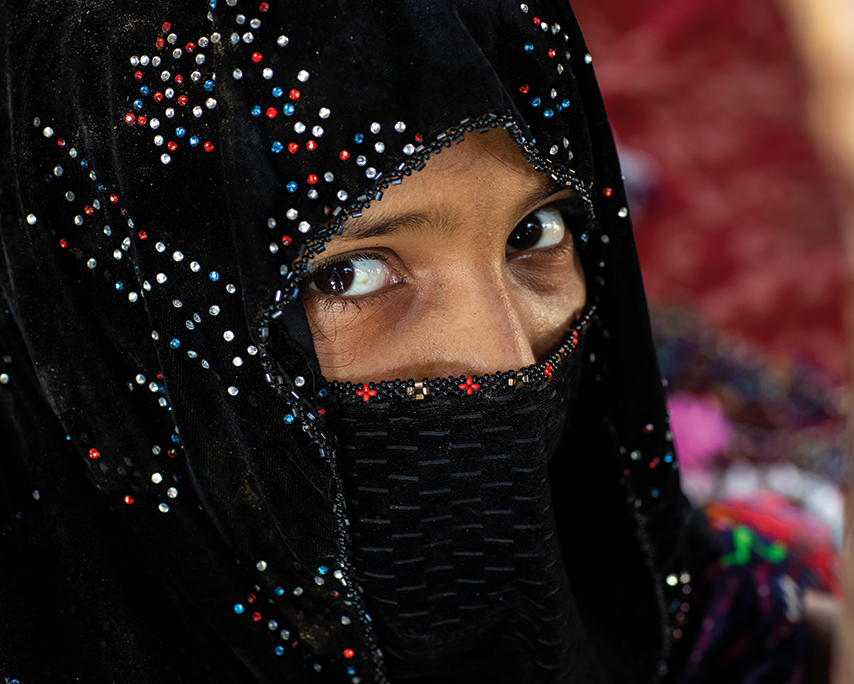International Day of the Girl Child
Why the girl child matters in the story of humanity
Every year on October 11, the world marks the International Day of the Girl Child, a moment to reflect on the rights, potential, and future of girls everywhere. However, beyond advocacy slogans and campaign themes lies a deeper truth that much of women’s and girls’ contributions to society have gone unrecorded, even as their influence has quietly shaped generations.
Much of women’s contribution throughout history has remained absent from formal records, revealing a profound imbalance in how history has been written. The stories we inherit are often incomplete, primarily shaped by political and institutional milestones while overlooking the everyday achievements that sustain societies. Women’s work, particularly in care, education, culture, and moral formation, has been central to human progress, yet it rarely appears in official chronicles.
Despite this lack of documentation, the impact of women and girls endures. Their presence and contributions can be felt as a continuous current that has shaped societies through caregiving, storytelling, teaching, organising, and leading from within. The nurturing of values, the resilience to rebuild families after conflict, and the creativity to adapt to changing realities have been passed from one generation of women to another. This living tradition is not confined to books or monuments, but exists in the social and emotional DNA of every community.
To recognise this is to acknowledge the vast and enduring legacy of women’s contributions, a heritage so deeply woven into human progress that it can never be fully measured or repaid. Yet, paradoxically, the same societies that have benefited from women’s unrecorded labour often continue to measure girls and women by appearance rather than intellect or ability. Across the world, girls are still judged by beauty standards long before their potential is recognised. In many contexts, early marriage, limited access to education, or unsafe environments keep them from realising their full capabilities.
The International Day of the Girl Child invites the world to correct this imbalance, not simply by protecting girls from harm, but by making visible the invincible. That means telling new stories, collecting better data, and expanding what counts as achievement. It means encouraging girls to see themselves not as future contributors, but as current shapers of society; thinkers, creators, and leaders whose work belongs in the public record.
In Africa, where women have long been the backbone of communities, this recognition takes on special urgency. The continent’s future depends not only on technological innovation or economic reform, but also on whether its girls can inherit and expand the unbroken thread of creativity, resilience, and leadership that their mothers and grandmothers have woven before them. To honour girls, therefore, is to restore continuity, connecting their present opportunities to the unwritten legacy of women’s past achievements.



